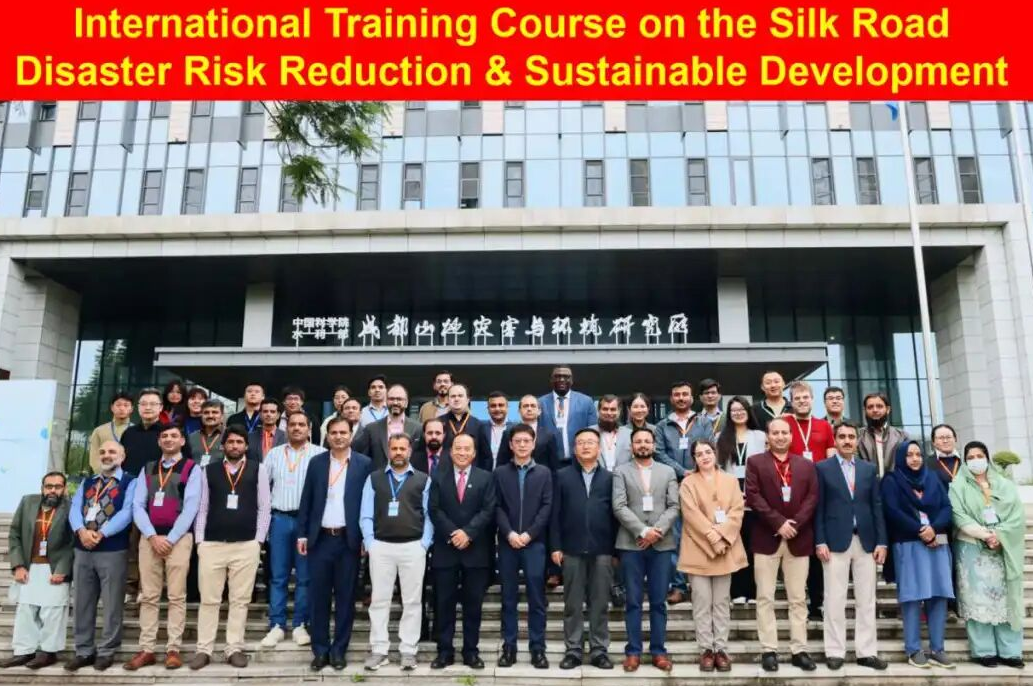Julie Calkins, currently based at UK Collaborative on Development Sciences (UKCDS), a group of 14 UK government departments and research funders working in international development that is closely cooperating with IRDR in the run-up to the 3rd WCDRR, has produced an analysis on the science and technology needs in the DRR domain expressed by governments.
“I was happy to see that the zero draft broadly recognises the critical role and value of scientific information and technology (S&T) in achieving successful DRR and resilience. It contains calls to “enhance the scientific and technical work on disaster risk reduction” with priorities such as education, training, technology transfer and open data, which have been specified by many governments,’ she said in her blog.
Her work uncovered three major obstacles to unlocking S&T’s potential in DRR:
1-Linkage: Consultations with both national-level scientists and S&T organisations suggested that there is a need for a formal linkage between the various science networks and platforms in order to enhance collaboration and help share tools developed in science disciplines/hazard areas that can be useful in others.
2-Steering: Amongst the S&T community there is a lack of knowledge of users’ needs. The community needs stronger steering, with deliberate dialogue so that national scientific institutions are supported at international and regional levels to work within country for DRR implementation. This would also ensure access to the best tools and standardized practice to sufficiently examine the specific geophysical, social, national or regional situation.
3-Communication: Limitations in communication of science may undervalue S&T’s contribution to DRR and the perception of S&T’s usefulness to the decision-makers and local actors. The largest gap preoccupying national scientists from consulting countries was found to be in the communication of usable science, especially relating to evidence for disaster response and recovery and in education or standardised training for DRR.
She summarized the work underlying this study and some key results in: http://www.ukcds.org.uk/sites/default/files/HFA2%20Science.pdf





